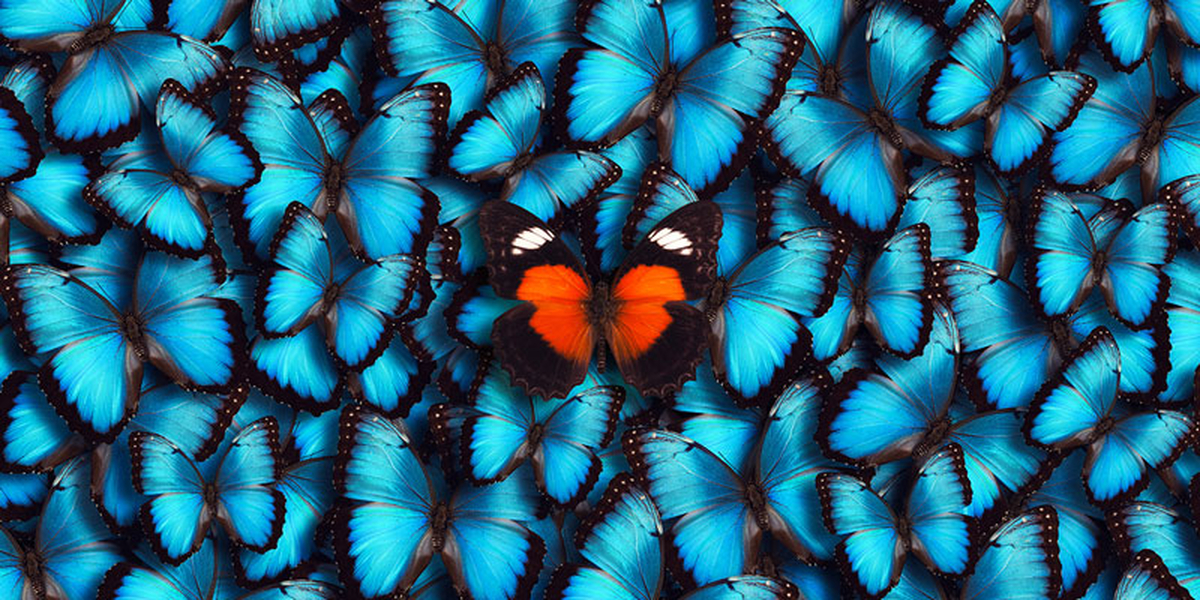
Engineers and designers are increasingly looking to living organisms for inspiration. More often than not, though, the siloed nature of our institutions limits their efforts: most bio-inspired applications in engineers and design do not involve biologists, to the detriment of such interdisciplinary work. How can we bring more biology into bio-inspired design?
Emilie Snell-Rood is leading an effort to create a framework for thinking about function in biology that will give a boost to bio-inspired design approaches. The concept of function is the bridge between biology and bio-inspired problem-solving. Her project is part of a three-year, $14 million effort to better define how we think about the evolution of function and purpose across diverse living systems. She is working with collaborators in biology, architecture, robotics, philosophy, history of science, and education design to help bridge biology and bio-inspired design.
“Engineers come to a problem thinking about purpose, ‘what is the problem I want to solve,’” says Snell-Rood, an associate professor in the Department of Ecology, Evolution and Behavior. “But bio-inspired designers can run into problems if they are so focused on the immediate function of a trait that they overlook the longer-term evolutionary function of that trait.” The purpose of this particular project is to distill the primary concepts of biology that are relevant to bio-inspired design, developing a companion to the process.
For example, while many things in biology look purposeful, evolution is not a purposeful process Snell-Rood points out. Functions emerge over evolutionary time through an un-led and messy process. A trait that looks like it was created “by design” is actually the result of this haphazard process. In fact, sometimes looks are deceiving, and recognizing the limits of biological traits is important. This means that biological traits can offer creative inspiration, but are rarely perfect from an engineering perspective.
Exploring a range of biological systems for inspiration can be helpful. “Different systems have happened upon different solutions to the same problem,” says Snell-Rood. “It’s not that the biomimetic applications people have gotten to work are bad, it’s just that we could be doing so much more and so much better by exploring more broadly.”
Bringing more biology into bio-inspired design can result in much more powerful applications. If you need inspiration for design of a tool for crushing, you might consider a finch's large bill as it might seem its key purpose is seed crushing; but finches also use their bill to call to mates and clean their feathers. Woodpeckers could be a better system for inspiration here as they rely on generating (and withstanding) force for both feeding attraction, potentially resulting in fewer trade-offs with respect to the design function of interest.
Snell-Rood wants to develop tools to help engineers and designers navigate “biological space” for ideas in a range of applications. The project is in its early stages, but Snell-Rood and colleagues across colleges are already busy at work developing and testing modules focused on specific areas of function - at the level of traits, behaviors, and systems, and from small to large scales. By the time the project is complete, biologists and designers will have a shared resource and shared language to draw on. “Language means a lot when moving between different fields,” says Snell-Rood. Interdisciplinary work can be challenging, but developing the tools to integrate fields can result in powerful collaborations. —Stephanie Xenos